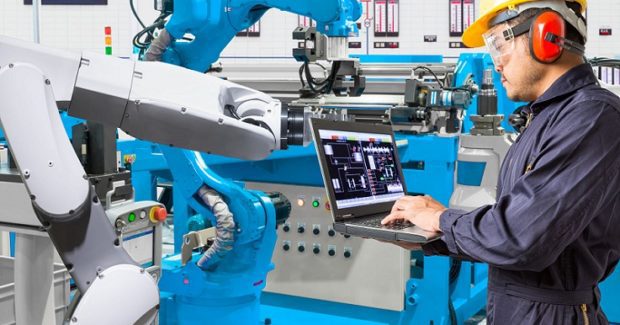Changing Business Models with the Internet of Things
How does your company create and deliver value? Guest columnist Jonathan Wilkins of industrial automation and controls equipment supplier EU Automation explains how technology is changing the way manufacturers provide customers with the reliability, efficiency and accurate cost prediction they need.
Posted: November 30, 2018
In the 1960s, Rolls Royce pioneered the concept of “power by the hour” – a pay-per-use system for their engines. Instead of purchasing the product upfront, the customer was offered a performance-based contract. This helped align the incentives of the manufacturer and operator: reliability, reduced expenditure and accurate cost prediction. After Rolls Royce introduced power by the hour, other manufacturers rapidly followed suit . . . the concept of product as a service was born, and the business models of many engine manufacturers were forever altered. An organization’s business model sets out how they will create and deliver value. Over the years such models have increased in sophistication, depending on advances in technology. Emerging, innovative technology can change existing business models or create new ones altogether.
One example of this is the Internet of Things (IoT), which is providing companies with a wealth of operational data. By incorporating IoT, businesses can continually monitor operations to identify opportunities and develop new strategies. Businesses can now be data-driven, with products and services designed to be flexible and personalized to meet customer expectations. Managing all of this data presents a challenge to manufacturers and business owners, who may need to change their business models to incorporate data analytics in order to optimize performance and stay competitive. Data-driven business has shifted manufacturing away from a single purchase model and towards product as a service, particularly since manufacturers can now use preventative maintenance to predict failures and correct them before they occur – a huge value to their customers.
After Rolls Royce shifted their business model from selling engines to engines as a service, more and more manufacturers started to rethink their operations. Companies can offer to install, monitor and maintain equipment at a fixed cost, which benefits both the consumer and the manufacturer. The most recognizable example of this is the leasing programs offered by many car manufacturers, but now that trend is increasing across the automation space. For example, aircraft engine manufacturer General Electric offers efficiency and analytics services to help their OEM customers optimize flight experiences and reduce fuel costs.
FORECASTING
The large volume of data collected from IoT devices can be fed into a company’s supply chain to improve forecasting. Better prediction of supply chain requirements can reduce their operating costs because ordering and stockpiling spare parts is more costly and demanding of expensive space than ordering them from a reliable supplier only when needed. Similarly, ordering an excess or a shortfall of components for manufacturing will be costly to a manufacturer. Some methods, such as demand-driven materials requirements planning (ddMRP), use actual sales data to accurately create a demand signal that reduces lead times and the amount of inventory the manufacturer holds, which improves their stock positioning. This process can be incorporated into industries as diverse as retail to manufacturing to streamline supply chain operations – and benefit all of the partners doing business in the chain.
Because data from many areas of the business can be monitored and evaluated remotely, location is a less important factor in the manufacturing workforce. Increasing use of robotics has lessened the need for physical labor, shifting humans into higher value business roles. Increasing the number of software engineers or even software robots can help companies streamline their processes by improving services. Developments in machine learning and pattern recognition, combined with careful recruitment and training, could help transform a company’s approach to prediction and analytics. Technology has come a long way since Rolls Royce introduced power by the hour. Now companies need to collect data and adapt accordingly to stay competitive and improve customer experience, giving consumers what they need: reliability, efficiency and an accurate cost prediction.












